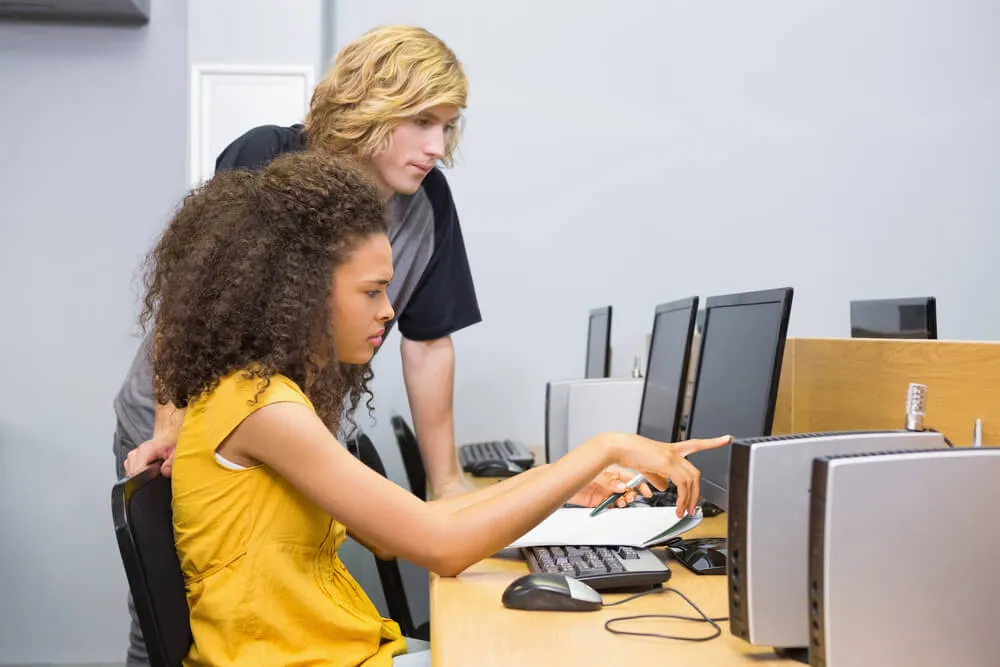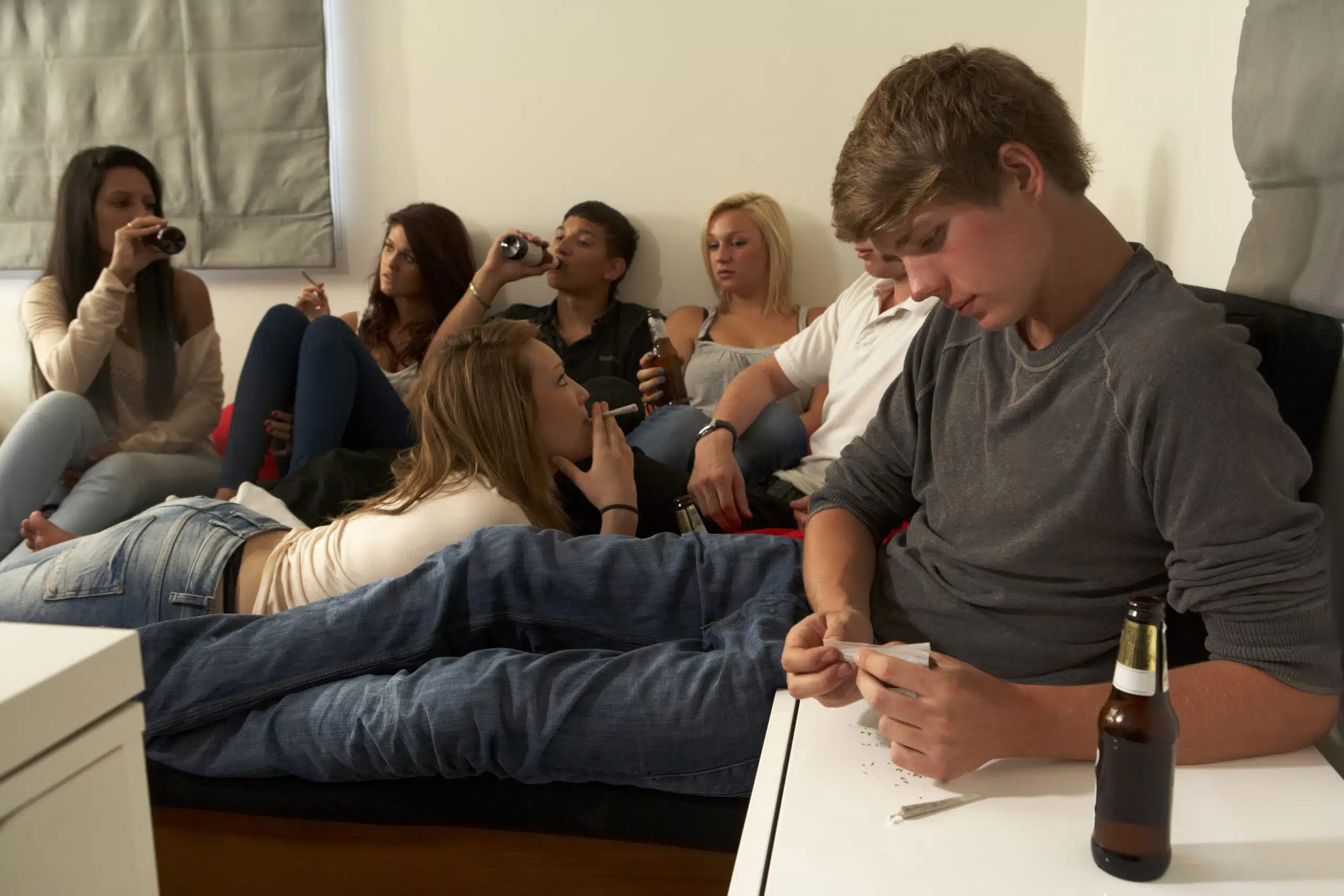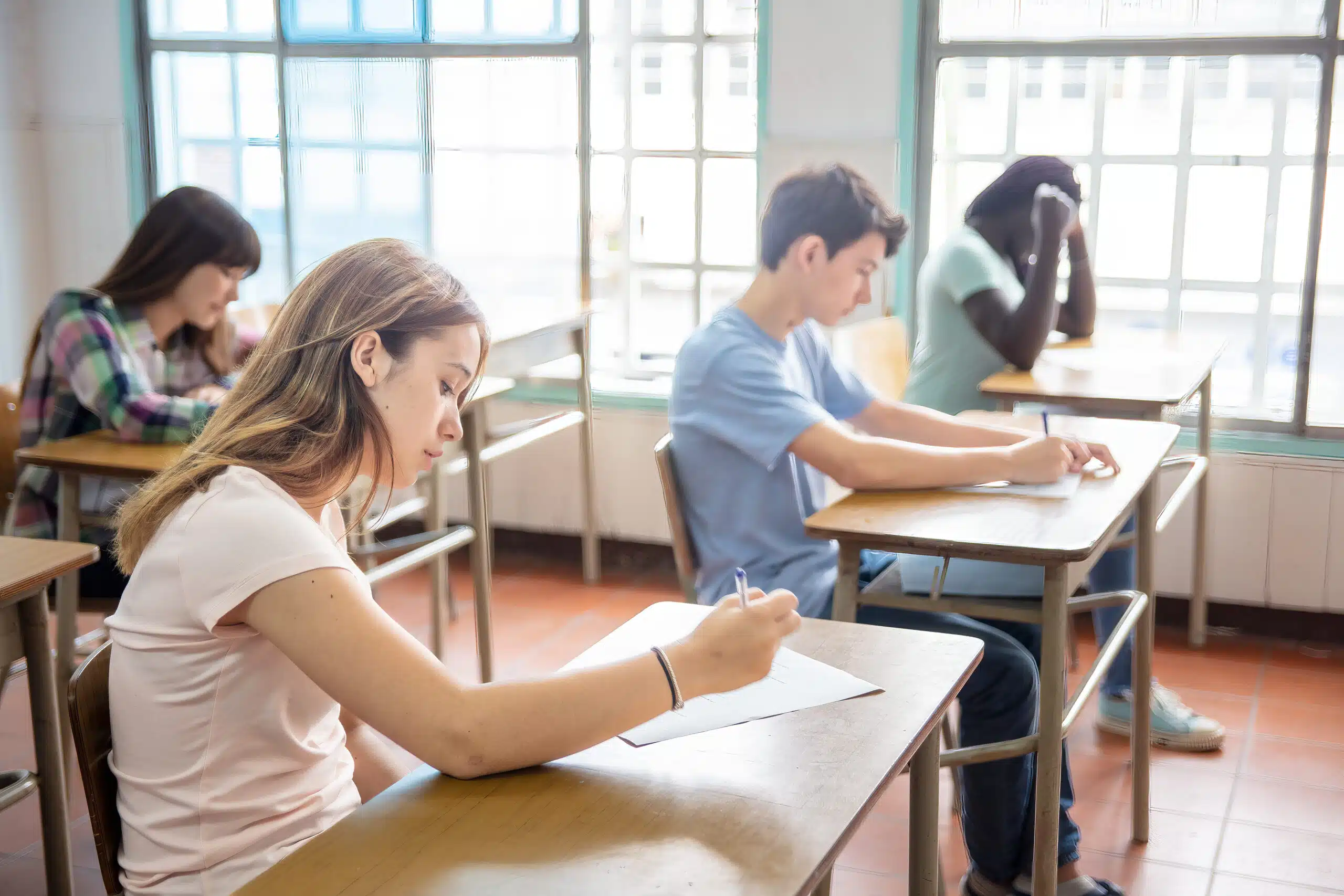
How Does ADHD Affect a Child’s Learning?
- ADHD
- June 17,2024
- BY Beachside Teen Staff
- 0 Comments
How Does ADHD Affect a Child’s Learning?
During the late 1990s and early 2000s, there was a rash of diagnoses of ADHD in children within the public school system. Doctors began prescribing medications to calm students down and allow them to focus during class. While this worked to some extent, not every child will respond positively to medication – and many children were lost in the cracks.
ADHD is still a mystery in terms of why it happens and who it happens to. There are multiple theories about how it can manifest, but nothing has been scientifically proven.
Attention-deficit hyperactivity disorder (ADHD) is not a learning disability, but it often makes learning problematic. For a child, it is nearly impossible to learn when you can’t focus on what your teacher is saying or when you can’t pay attention to a book. ADHD symptoms are what primarily interfere with a child’s ability to learn, rather than the condition itself.
ADHD students have to deal with an inability to focus, sensory overload, impulse control issues, and difficulty organizing.
Focus
When people think of students with ADHD, the first thing that comes to mind is their lack of focus. This is not an entirely untrue estimation of what ADHD consists of. Many people might suggest that the other symptoms of ADHD contribute to the lack of focus – and they are not entirely wrong. Lack of focus in the classroom is one of the principal factors in students with ADHD having difficulty learning.
It’s not impossible for a child with ADHD to focus intently on certain activities — playing video games, drawing, reading, or playing a specific sport, for example. But when it comes time to focus on classroom work, he or she has a hard time focusing on the tasks at hand.
Researchers recognize that ADHD doesn’t impair the ability to pay attention, but rather “the ability to control what one pays attention to.” Medication may work in some children, but all children with ADHD can benefit from techniques and exercises to increase focus during class times.
To increase focus in the classroom, seat kids with ADHD away from distractions, like windows, doors, and high-traffic areas. Surround them with students who can help them focus and stay in tune with the lessons. Arrange the room so you can have access to all students.
Engage in all types of learning. Make the lessons more than just a lecture and recitation of information. Show a movie depicting historical moments, have surprise guests, or ask students to draw their interpretation of a scientific principal or historical event. Keeping the lesson plan creative will help ADHD students stay engaged.
Find out what your ADHD students like to focus on and adjust lesson plans to their strengths. If you have a student, for example, who is really into baseball, keep their attention with batting averages or other baseball statistics during math.
As a parent, if your child is unable to focus on homework, try to work with him or her to apply the lesson to something he or she would gladly like to pursue. For example, if your child has to write an essay on an event in his or her life, remind him or her about a great time they had on a vacation or at an amusement park.
Once your child and the teacher have come up with techniques and methods to help in learning, you will need to address what to do when a child has sensory overload.
Sensory Overload
Anyone can experience sensory overload. Think about the first time you went to an arena for a sporting event, your first time at a conference, or even your first concert. Didn’t you spend several minutes just looking around, trying to gather as much input as you could to get acclimated?
Children with ADHD have an incredibly difficult time with sensory overload. These kids struggle with paying attention to what’s happening in their surroundings. And when a child isn’t tuned in to what’s going on, sensory information can sneak up them. For example, if you ask your child to get dressed, but he is wandering about the house, it’s not a good idea to just throw something on him. Sensory overload comes from many places – including the texture of clothes or the fit of shoes. If the clothing you chose is “itchy” or “rough”, your child could have a meltdown once he realizes that “you picked the wrong shirt!”
Some ADHD kids have issues with a type of flexible thinking called set shifting. “When it comes to solving problems, set shifting allows kids to see their mistakes and change the way they approach a situation. It also allows your child to move on from a thought or an activity to do something new.”
But kids with ADHD tend to get hyper focused on one thing – and one thing only. If you are talking to the child while he or she is hyper focused, they won’t hear a word you say. They cannot process additional information when they are hyper focused. If you expect them to simply move on to the task you’ve been discussing, they may have sensory overload from everything that’s finally registering.
Recognizing when an ADHD child is getting overwhelmed is a key part of creating a good learning environment. Teachers who tend to talk too quickly, or who move on without allowing students to ask questions are poor options for kids with ADHD. And when the ADHD child gets frustrated with the teacher, they can lose control.
Impulse Control
It’s not unusual for anyone to “lose it”. But for kids with ADHD, the threshold for “losing it” it much smaller. ADHD kids with impulsivity issues can often act out in several different ways. ways:
These children may be vocally impatient about waiting their turn. They may blurt out answers before questions have been fully asked or interrupt or intrude on others, like butting into chats or games.
These children tend to engage in reckless, risky, or antisocial behaviors without considering the consequences and may have temper tantrums
Children with ADHD are often labeled unruly or aggressive because of their impulsive physical and social relationships. These children can be caring and compassionate, but their good qualities are eclipsed by poor impulse control.
Kids with ADHD tend to act before they think and are often unable to control their initial response to any given situation. In kids with ADHD, the ability to “self-regulate” is compromised; they can’t change their behavior with consequences in mind. They simply cannot connect behaviors to consequences until it is too late.
In the classroom, teachers can actively work with ADHD students without compromising the integrity of the class. “Posting classroom rules and routines lets children know what’s expected of them, and also serves as a visual reminder for those with ADHD who act before they think.”
Kids can benefit from seeing rules like “Raise hands before speaking” posted directly on their desks. This can help them control their impulsive behavior. Now, it’s not a panacea, but it can be a positive first step. If the child doesn’t want to be seen as different, or “called out” for having ADHD, you can tape the cards to a sheet of paper that is on the desk during class but stored away when necessary.
All kids, not just ADHD sufferers, can benefit from a posted daily schedule. Make sure the list is on the blackboard and that items are erased as they are finished. This gives ADHD students a sense of control. But, if you have to make changes during the day, make sure everyone knows the routine has been altered.
Don’t spring changes on the children with no warning. If you don’t want your ADHD student having a meltdown when moving between activities, give everyone in the class a five-minute warning, then a two-minute warning, so that ADHD kids have enough time to transition from one activity to another.
But, always be ready for impulsive reactions. If there is a lack of structure or an unforeseen circumstance, ADHD kids might respond with an impulsive reaction. Teachers should have a plan in place to help ADHD kids control their impulses. It’s always good to give the ADHD student a special job, such as “monitor” or “assistant,” to help him or her stay focused on self-control.
It’s also a good idea to clearly post expected behaviors for all students. Establish the good behaviors you expect and post them in the classroom. “These can be as simple as: “Respect Others,” “Talk Nicely,” “Use an Indoor Voice”. Posting them in the classroom serves as visual reminder to ADHD students.”
It is so important that any steps taken by the teacher to help ADHD students in the classroom are not seen as singling out the student in need, but rather helping everyone be more organized and productive. Organization is one of the key elements of learning that ADHD students often have difficulty with.
Difficulty Organizing
When ADHD is involved, organization challenges can be mild to manic. ADHD kids have perpetually messy rooms, can’t keep track of homework assignments, and have trouble remembering things like sports practice or games. Without help, these types of events can lower your child’s self-esteem and make them feel even more different, or worse, like they’re stupid.
ADHD kids are intelligent – they also just have too much going on in their heads at once. They require things like lists, charts, and other visuals to help keep them on track. One of the first lessons is time management. Since ADHD kids tend to lose track of time when they are hyper focused, it is essential that this skill is taught and practiced.
Children first learn about time by being exposed to sequence and routine: First, you get out of bed, then you brush your teeth, use the toilet, and wash your hands. Eventually, sequences introduce the concept of before and after: Before dinner, wash your hands. After dinner, clear the table. By developing sequences and routines, your ADHD kid will learn how time functions.

Once your child has become comfortable with a routine or task list, “start asking questions: What comes next? Do you remember what you did first? Reinforce sequence comprehension by giving a series of directions using verbal cues, and make it fun (“First do ten jumping jacks, then write your name backwards”) and have your child give you directions as well. Tell him that you are doing this to help him learn how to listen carefully and pick up on important words that tell us what order to do things in. Ask him to point out words that are related to time. A child who masters the concept of sequence will be better able to organize and prioritize tasks down the road.”
Once the concepts of before and after are mastered, they will develop into yesterday, today, and tomorrow, and then further into past, present, and future. Once time has been mastered, it’s time to learn about calendars.
Introduce the calendar concept to your child with daily and weekly calendars. The daily calendar will present your student with a daily routine to follow. Then you can introduce the weekly format. This tends to work better for children with ADHD as they have a tendency to live in the present and they will have an easier time learning the concepts of yesterday, today, and tomorrow.
Have the child fill in the dates on the calendar at the start of each week. Have the child enter the month (both in letters and numbers) and year at the top. For each day, write the numerical month and day (Monday, 05/01). As you can see, “calendars offer a multisensory learning opportunity: a visual record of activities that works kinesthetically as you write down and cross off activities, and it prompts auditory reinforcement as you talk about the day’s events.” At the end of every day, have your child cross off finished activities.
When the child gets to mark off the activities on a calendar, he or she will have a great sense of accomplishment that gives their self-esteem a huge boost.
Conclusion
Children with ADHD don’t need to have a difficult time in school. With the help of classmates, teachers, parents, and friends, they can find a way to learn unique to their situation that encourages everyone to excel and succeed.
Take Our Free ADHD Test
Are you wondering if your teen has ADHD? Take our self-test for parents to assess whether or not your child has signs of ADHD.




